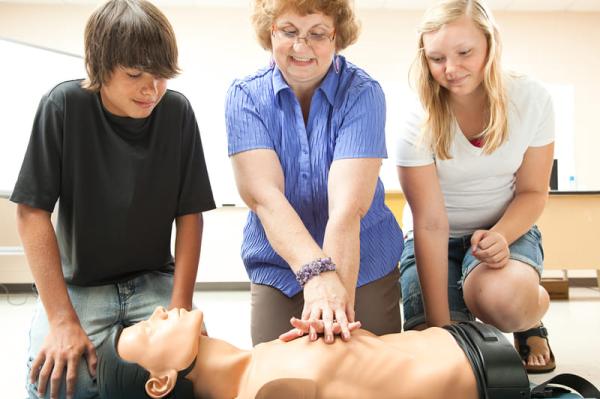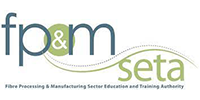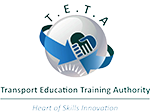There are numerous benefits of first aid training for children, preparing them for potential emergencies. These benefits include safety awareness, responsible citizenship, preparedness, empowerment, safety awareness and confidence. Investing time in first aid training for children instils a sense of responsibility in future citizens, equipping them with the knowledge needed to respond effectively in emergency situations.
In this article, we will discuss the importance of first aid training for children and how first aid knowledge reduces risk and improves safety. Secondly, we will explore practical methods of teaching children first aid. Additionally, we will discuss age-appropriate first aid skills and using games in training.
Why First Aid Training for Children Matters
At EMCARE, we believe in equipping children with crucial life-saving skills – empowering them to become responsible and capable individuals. First aid prepares children to handle crises and emergencies, boosting their confidence and enabling them to approach emergencies calmly. Children who are trained in first aid have the knowledge to respond to injuries and illnesses with practical skills like CPR that can be life-saving.
Building Confidence and Responsibility
Children develop their confidence with first aid training. Training fosters a sense of responsibility, encouraging law-abiding citizenship while prioritising the well-being of others. Children who are confident are capable of assisting parents and teachers in successfully handling emergencies. Self-esteem and confidence are developed through the successful handling of stressful situations, and training encourages teamwork while contributing to a safer environment.
Reducing Risks and Improving Safety
Teaching children about safety awareness will act as a preventative measure. First aid training aids children and equips them with the knowledge and skills necessary for navigating real-life crises. Trained individuals are equipped to identify problematic, hazardous and dangerous situations, therefore enabling them to take preventative steps. Safe decision-making and first aid skills enable children to effectively assist in the response during an emergency.
An older sibling can identify potential burns or choking hazards and prevent younger siblings from facing dangerous situations. Recognising and responding to common school injuries are valuable skills. Injuries often occur during sports events, with potentially life-threatening injuries occurring in sports like football or rugby. Trained individuals who respond effectively can assist teachers during these stressful situations. Awareness of potential hazards and dangerous scenarios can aid students in safe decision making.
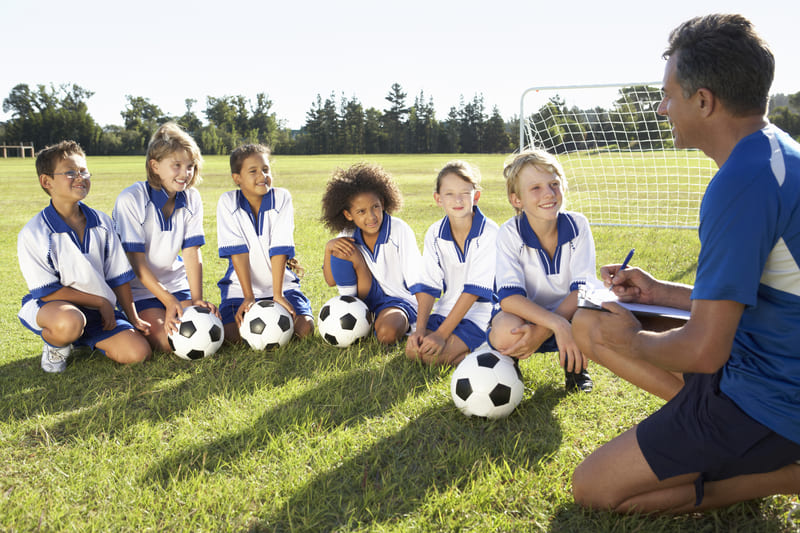
Practical Ways to Teach First Aid to Kids
Key first aid skills, practical activities and age-appropriate learning are key factors when training children. These practical skills will benefit individuals long after their training and prepare them for real-life crises.
Before first aid training, a child’s age should be considered in order to establish age-appropriate training. This includes suitable skills for different age groups. Trainers must be cognizant of differentiation in preparation and tips for teaching first aid to younger students, in order to emphasise the importance of the task they are doing. Using hands-on activities and play-based learning is considered a practical approach to skill-building.
Age-Appropriate First Aid Skills
Children should be trained according to age. Younger children can learn simple techniques like recognising signs of distress, such as basic care and understanding the importance of hygiene. This can prevent infection after injury. Generally, children aged under 12 years focus on simple wound care, learning about safety, basic first aid skills and when to call for help.
Basic first aid includes recognising nose bleeds and addressing minor cuts or burns. They will also learn how to apply pressure to wounds and when to seek medical attention. Adolescents 12 years and older should be trained in recognising signs of shock, basic CPR, and advanced first aid techniques. These techniques often include managing and responding to choking and more serious injuries.
Making First Aid Training Fun and Memorable
Memorable training can be implemented through fun, interactive games and role-playing activities. Safety awareness teaches children about common dangers and how to prevent them, and this will foster an understanding of first aid principles and allow for safe application of skills in a controlled environment. Students can rehearse fire emergency scenarios, encouraging teamwork, critical thinking and how to communicate during emergency situations.
Interactive games, including charades, bingo, trivia and first aid scavenger hunts, enable students to practice first aid skills and knowledge in a fun and interactive way. Students can apply their skills in their own homes, creating safer environments and sharing knowledge with family members.
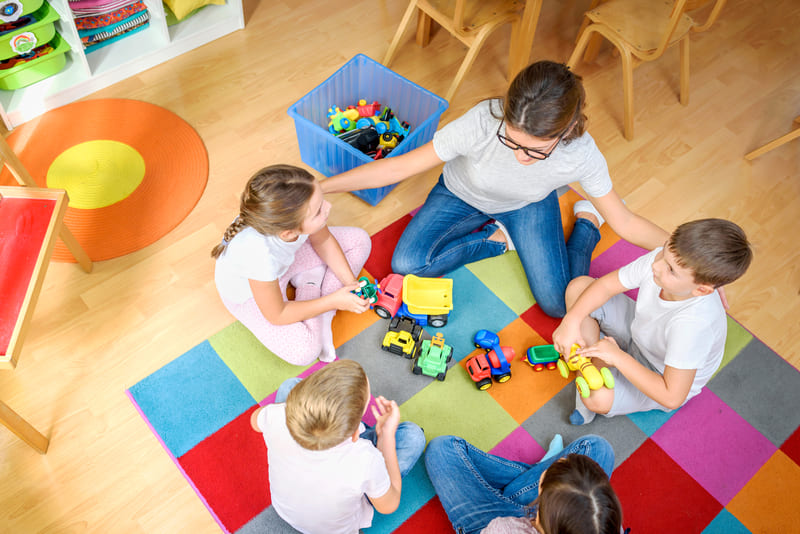
The Lasting Impact of First Aid Training for Children
Learning emergency response and first aid equips children with lifesaving skills that can be applied in real-world situations. Skill building in wound care, choking, burn injuries, and CPR aids children with critical skills far beyond emergency response – fostering confidence, reducing anxiety and increasing self-esteem.
Training reduces accidents through hazard identification and preventative measures. Children can learn through role-play and fun games, encouraging teamwork and responsibility. Additionally, children learn how communication plays a role in emergencies, enabling them to communicate effectively. Moreover, early exposure to first aid nurtures leadership within students, instilling a sense of responsibility.
First Aid Training: Young Life Savers With EMCARE
Education in first aid can be fun and memorable by integrating age-appropriate training and role-playing activities. It is the responsibility of caregivers and parents to make first aid accessible for children. Children who are trained in first aid become safety-conscious and capable adults. These individuals are able to calmly respond in stressful and emergency situations.
First aid training leaves a lasting impact on students. Learning techniques include role-playing emergency scenarios, trivia and bingo games. Increasing their knowledge on the topic. These children are capable of assisting teachers and parents, supporting the community, and cultivating a safer environment. Investing in your children’s first aid education today ensures a resilient, safer generation for tomorrow.
Visit our website to learn about all the courses we offer and how we can help train young lifesavers today.

